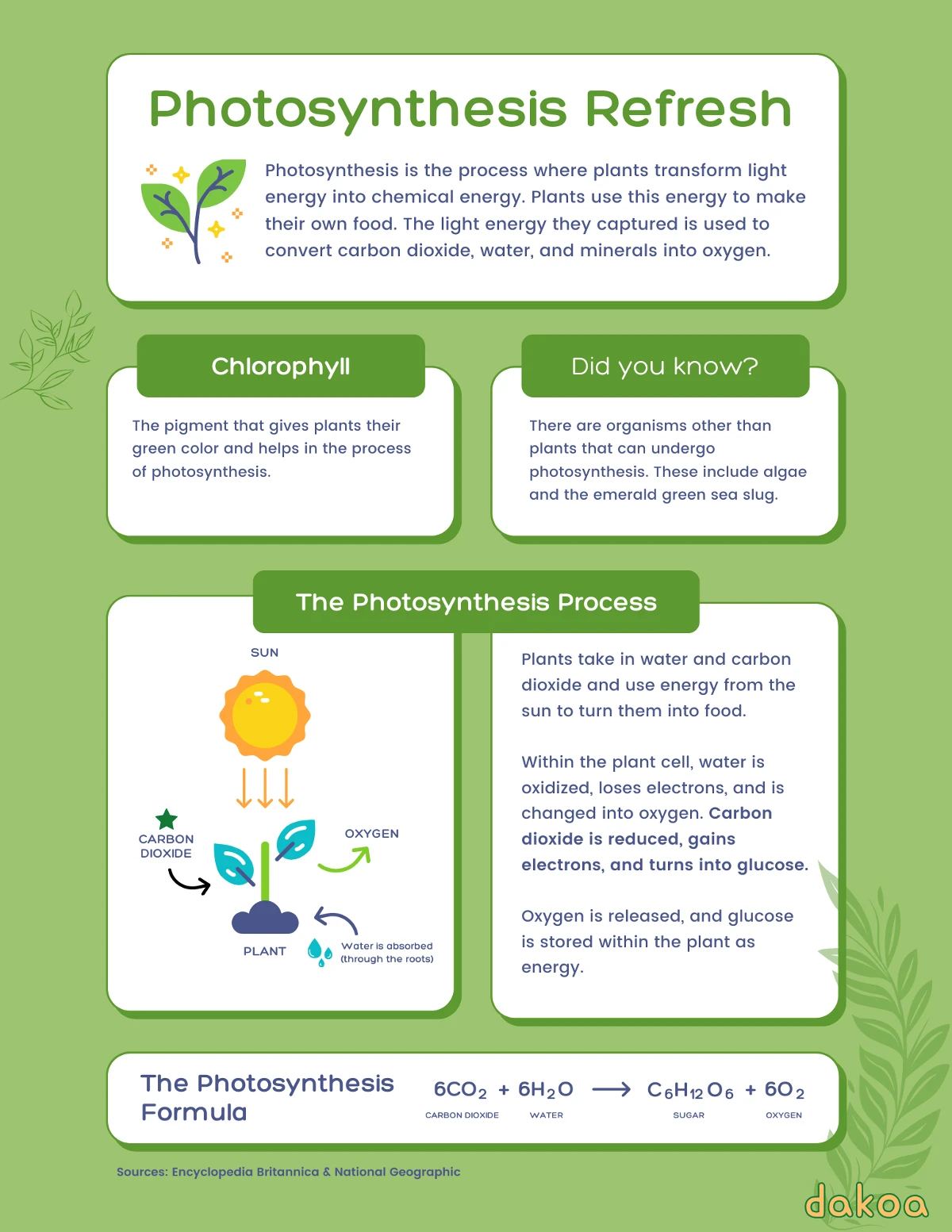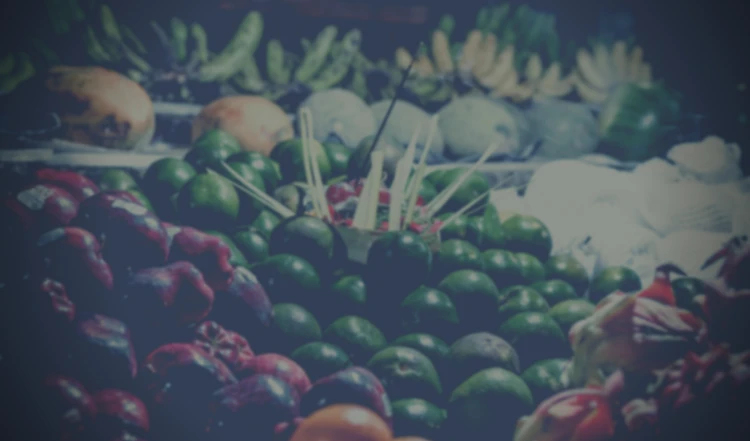We’ve all heard the claims that the nutrient content in our food has been decreasing over the decades. But is it really true?
Should we be worried of what the future holds for the nutritional values of our meals?
A study published in 2004 examined 43 different common garden crops and how their nutritional value had changed between 1950 and 1999.
The study found that on average, the protein content of those plants decreased by about 6%. Vitamin C decreased 15% and Vitamin B2 by a whopping 38%. The study also showed declines in minerals like iron and calcium.
Now there is some debate around the numbers because, well, how well could we really have measured those nutrients back in 1950.
That said, there’s still this concern that the food we’re eating today might be less nutritious than say the same vegetables 50 years ago.
Several other recent studies also suggest a pattern is emerging. So if we’re witnessing a nutrient collapse, what’s causing it?
One factor that many people point to is depletion of the soils.
After all, plants must draw their nutrients up from the soil and intense, unbalanced farming practices are known to have caused nutrient depletion in our soils.
If you look at the micronutrient content of the soils, such as mineral levels, this gets a little more confusing.
Most farmers have put a lot of effort into maintaining their soils by using mineral and nutrient rich fertilizers, after all, this is their livelihood, and they want to grow the best.
It’s this fact which makes the common argument about soil less convincing.
Clearly, we’re still getting big plants, and they wouldn’t grow that well if they didn’t have the nutrients they need in the soil.
So why else might nutrients be declining?
One possibility is selective breeding.
If you look at crops like corn today, they’re barely recognizable when compared to their ancestors, wild corn.
Farmers have been breeding food crops for higher yields, stronger resistance to pests and changes in the climate for generations. While we’re now enjoying almost predictable successful crops that are bigger and grow faster than ever before, are they more nutritious?
Maybe we’ve accidentally been breeding the full scale nutrition out of our foods in pursuit of other objectives, such as quantity and durability.
In truth, it’s tough to really assess how big of a factor selective breeding is because we can’t easily compare this produce to the same produce a hundred years ago or a thousand years ago.
Sure, we can analyze them in a lab and compare their nutritional values, but vitamins and minerals aren’t the whole picture. We also have to consider things like yield sizes, harvesting efforts, labor requirements, and immunity to disease and pests.
While ancient corn sounds amazing, they have much smaller yields, but yield size wasn’t a big issue centuries ago, when fewer people lived around the farm. Fewer mouths to feed overall meant less stress on every acre.
But the issue remains, so we need something else to be able to determine whether it’s selective breeding causing this nutritional decrease or something else entirely. What would be really helpful would be a plant that has never been selectively bred to act as our control in our theoretical test. But where would you find one like that?

Surprisingly, this is where weeds come in handy.
In North America there is a wild flower called goldenrod, and it’s an important source of protein for bees but not humans. Because it’s never held any real value to people, it’s remained wild or untouched by selective breeding. But how would you know what goldenrod was like 100 or 200 years ago.
The Smithsonian Institute has been keeping hundreds of samples of goldenrod dating all the way back to 1842. Using these samples and samples they collected in 2014, scientists were able to compare modern goldenrod with goldenrod from over a hundred years ago, and the results were astounding.
They found that there was a 30% decrease in the amount of protein in the goldenrod pollen over that period (which could also explain why bees have struggled to build up immunities as quickly in modern times).
So if it’s not selective breeding, what else has contributed to goldenrod becoming less nutritious over the last 150 years?
One rather surprising idea was that carbon dioxide could play a vital role in this entire drama.
More To Discover
- The US Food Industry Faces Pressure to Reveal the Truth About Their Products
- The Future of Sustainable Soundproofing Starts With Mushrooms
- Harnessing the Power of Coffee Grounds For Soil Improvement and Natural Slug Control
- New Pup on the Block: Ultimate Guide To Introducing Your New Puppy To Your Older Resident Dog (Helpful Examples Included)
Over the last 200 years, the level of carbon dioxide in the atmosphere has increased a lot, from about 280 parts per million to over 400 parts per million today. Now that might not sound like a lot, but if you’re thinking of it as plant food, we’re talking about an increase of almost 50%. In fact, we can see the impact from space, which is called “the greening of the planet”.
Scientists have been tracking the impact of co2 on plants using experiments known as FACE, which stands for Free Air Carbon dioxide Enrichment. These experiments are run by injecting more co2 into the area where plant crops are grown.
In doing this they’ve found that wheat, barley, rice and potatoes all grow considerably faster when there’s more CO2 in the atmosphere.
Initially, this sounds like a great win! More CO2 means bigger and faster plants – what could be bad about that?
Here’s the thing, those crops don’t necessarily become more nutritious. Actually, they just put on more carbs without any additional nutrition. So you have the same nutritional value, just larger produce.
In other studies conducted in Japan and China, scientists pumped carbon dioxide into rice crops to simulate the kind of co2 concentrations expected in 50 years time.
On average, protein levels fell by 10%, iron by 8%, and zinc by 5%. But a lower concentration of nutrients doesn’t necessarily correlate with a decline in the plant’s nutrient contents.
This is called the dilution effect, and it’s well documented in everything from animals, vehicles, and even technology.
So what does all this mean for us?
By 2050 scientists estimate that up to a 150 million people in the developing world may be on the verge of protein deficiency due to the decreasing levels of protein in their staple foods. Before you run to buy a bunch of stock in vitamins and supplements companies, keep reading.
The nutrient declines are small enough that you should still be able to get everything you need from a well-balanced diet, including plenty of fruits and veggies.
That said, the increasing levels of co2 and the dilution effect will continue with no solution in sight.
At least we now understand that the soil and farmers aren’t to blame. It’s more of an illusion due to size.
What is becoming increasingly clear is that the changing atmosphere, specifically the rising level of co2, is changing the food we eat and at some point, we’re going to have to get smarter by eating smarter. But no more blaming the farmers!




















